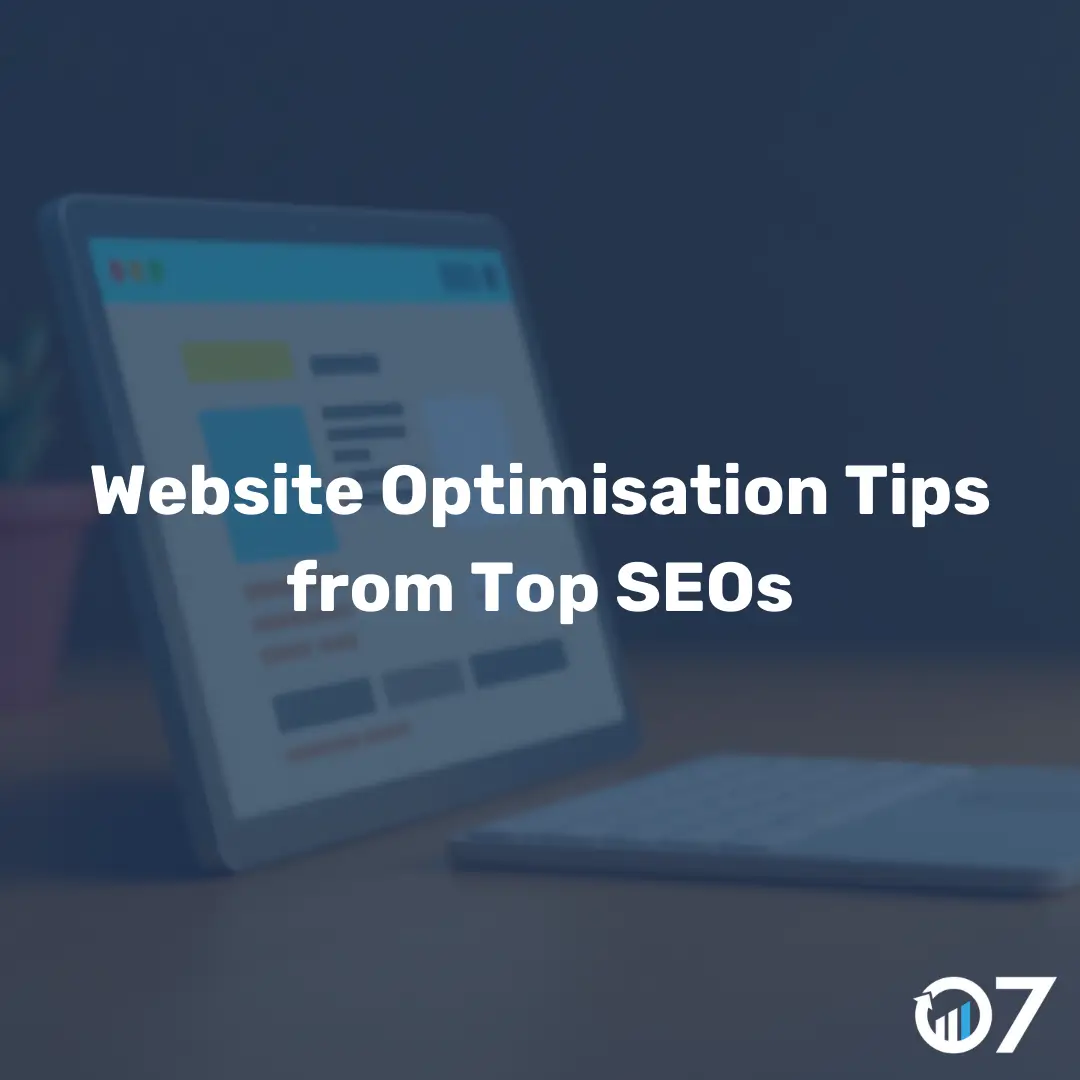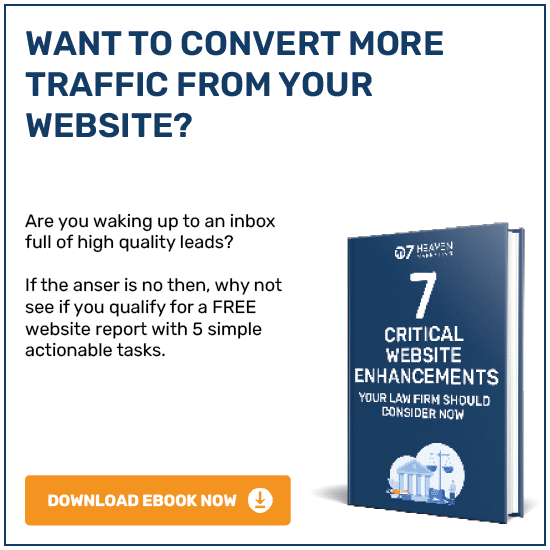Website optimisation tips can significantly enhance your online presence, driving more traffic and engagement. If you’re looking to boost your site’s visibility, read on for expert advice.
A few years ago, I built my personal blog using 11ty (a static site generator). Then, without thinking too much about it, I started writing. At that time, if someone searched my blog, they wouldn’t find it because it had zero SEO. I wasn’t aware of any SEO and website optimisation techniques back then, so I wondered what I could do to improve the reach of my blog.
Understanding the Basics of SEO
Search Engine Optimisation (SEO) is crucial for enhancing your website’s visibility on search engines. By optimising your site, you make it easier for search engines to understand and rank your content. This, in turn, drives organic traffic to your site.
SEO involves various techniques, from keyword research to link building. Understanding these basics can set the foundation for effective website optimisation.
Keyword Research
Keyword research is the first step in any SEO strategy. It involves identifying the terms and phrases your target audience uses to search for information related to your business.
Tools like Google Keyword Planner and Ahrefs can help you find relevant keywords with high search volume and low competition. Incorporating these keywords naturally into your content can improve your chances of ranking higher on search engine results pages (SERPs).
On-Page Optimisation
On-page optimisation refers to the elements you can control on your website. This includes optimising your content, title tags, meta descriptions, and images.
Content Optimisation
Creating high-quality, relevant content is key to attracting and retaining visitors. Ensure your content is informative, engaging, and provides value to your audience. Use your target keywords naturally throughout your content, but avoid keyword stuffing.
Title Tags and Meta Descriptions
Title tags and meta descriptions are crucial for on-page SEO. They provide a brief summary of your page’s content and appear in search engine results. Make sure your title tags are compelling and include your target keywords. Meta descriptions should be concise and encourage users to click on your link.
Image Optimisation
Images can enhance your content, but they also need to be optimised for SEO. Use descriptive file names and alt text that include your target keywords. Compress images to reduce load times, which can improve your site’s performance and user experience.
Technical SEO
Technical SEO involves optimising your website’s infrastructure to ensure search engines can crawl and index your content effectively. This includes improving site speed, mobile-friendliness, and ensuring a secure connection (HTTPS).
Site Speed
Site speed is a critical factor in both user experience and SEO. Slow-loading pages can lead to higher bounce rates and lower rankings. Use tools like Google PageSpeed Insights to identify and fix issues that may be slowing down your site.
Mobile-Friendliness
With more users accessing the internet via mobile devices, having a mobile-friendly website is essential. Ensure your site is responsive and provides a seamless experience across all devices. Google’s Mobile-Friendly Test can help you determine if your site meets these criteria.
HTTPS
Security is a top priority for both users and search engines. HTTPS encrypts data between your website and users, providing a secure connection. Websites with HTTPS are also given a slight ranking boost by search engines.
Link Building
Link building is the process of acquiring backlinks from other websites to your own. Backlinks act as votes of confidence, signaling to search engines that your content is valuable and trustworthy.
Focus on acquiring high-quality backlinks from reputable sites. You can do this through guest blogging, creating shareable content, and reaching out to industry influencers.
Monitoring and Analytics
Regularly monitoring your website’s performance is crucial for ongoing optimisation. Use tools like Google Analytics and Google Search Console to track your site’s traffic, user behavior, and search rankings.
These insights can help you identify areas for improvement and adjust your SEO strategy accordingly.
Website Optimisation Tips Conclusion
Implementing these website optimisation tips can significantly improve your site’s visibility and performance. Remember, SEO is an ongoing process that requires continuous effort and adaptation.
For more tips and insights, visit our blog or contact us via email at info@07hm.co.uk or telephone at 01702 410663. We’re here to help you optimise your website and achieve your business goals.





